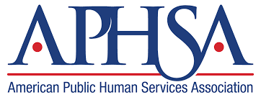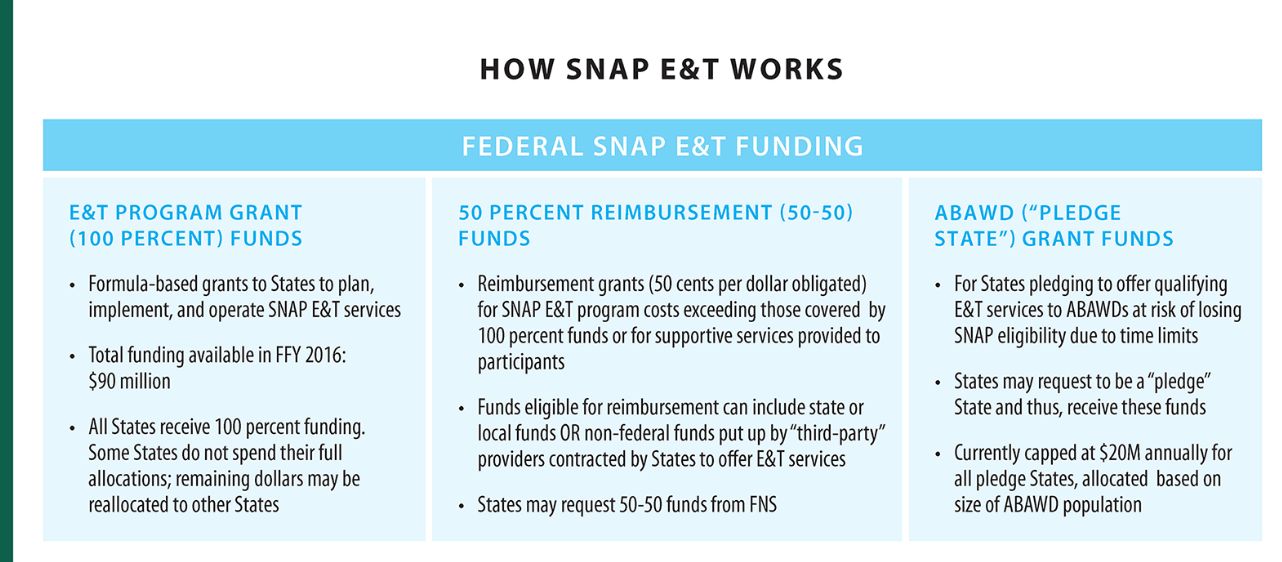Support Low-Income Students Through SNAP Employment & Training
Leveling the Playing Field: Exploring SNAP E&T’s Potential to Advance Economic Opportunity at Postsecondary Four-Year Institutions — Two Case Studies
Learn how universities like Butler University and Lakeland University are harnessing SNAP E&T to empower students, tackle financial barriers, and pave the way for lasting economic mobility. This is a must-read for anyone committed to student success and a more equitable future!
Overview
Colleges that participate will have the opportunity to work directly with the team, to connect more students to SNAP E&T benefits and supports.
- The Exploration Cohort is for colleges that are new to SNAP E&T and considering developing a program for their students.
- The Capacity-Building Cohort is for colleges that already offer a SNAP E&T program and are interested in expanding or improving their program.
Benefits of Participating
- Receive high-quality training and customized technical assistance from SNAP E&T experts and practitioners.
- Connect with peers and other colleges offering SNAP E&T
- Connect with state leadership, local community organizations, workforce boards, and other partners.
- Develop a customized roadmap to enhance your understanding of the local SNAP E&T landscape.
- Gain new and enhanced strategies to support students’ basic needs.
- No cost to participate in cohorts
Steps to Getting Involved
Please fill out this interest form to learn how to get involved in our next technical assistance cohort. Our next cohort will begin in March 2025, and we will be hosting information sessions at the end of 2024. If you have more immediate questions, please contact Rachel Hirsch at rhirsch@cael.org.
FAQ
- Who should participate?
- Colleges that are new to SNAP E&T
- Colleges that are existing SNAP E&T providers looking to further grow and advance their programs
- What is SNAP E&T?
- SNAP Employment and Training (SNAP E&T) is the employment and training program for people who receive SNAP (Supplemental Nutrition and Assistance Program) benefits (federal food assistance).
- SNAP E&T can help SNAP recipients gain skills, training, and/or work experience to obtain employment that leads to economic self-sufficiency. SNAP E&T providers are typically community colleges, non-profit agencies, and for-profit training providers.
- How can SNAP E&T support students?
- SNAP E&T can help support students in a variety of ways. At community colleges, SNAP E&T can provide assistance with books, training supplies, transportation, tuition, childcare subsidies, and more.
- SNAP E&T also supports partnerships and co-enrollment between providers to serve students holistically.
- Is this a free opportunity?
- There is no cost to participate in cohorts
NOTE: If you choose to participate in regional convenings, you would have to cover travel and meal costs
- How long is this opportunity/what is the time commitment?
- Colleges that participate in one of two cohorts will have the opportunity to work with the team over the course of a year through training and technical assistance.
Questions? Please contact Rachel Hirsch at CAEL: rhirsch@cael.org
Our Partners
 |
.png?width=137&height=137&name=SJI%20logo%20(1).png) |

|
| To learn more about APHSA’s expertise, click here. | To learn more about SJI’s expertise, click here. |
To learn more about Grant Associates' expertise, click here. |


